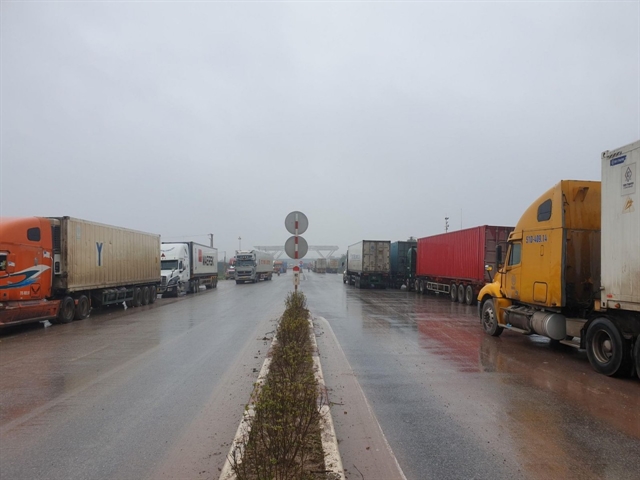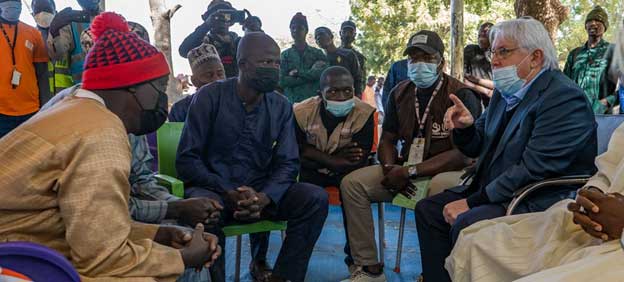[ad_1]

Vans lining up at Hữu Nghị border gate, ready for customs clearance. By March 4, the variety of vans caught in Lạng Sơn stayed at round 1,400, together with 800 vans carrying farm produce. — Photograph thoibaotaichinhvietnam.vn
HÀ NỘI — Restructuring of agricultural manufacturing and provide chains are key to assembly the precise demand of each export market together with China, in response to Minister of Agriculture and Rural Growth Lê Minh Hoan.
He was talking throughout a digital seminar on Friday over options to finish commerce bottlenecks.
The minister instructed establishing hubs of agricultural exports in northern provinces to facilitate commerce flows.
On the hubs, agricultural exports caught at border gates could be processed and packaged to protect their high quality, decreasing the dangers of degradation.
Throughout instances of pandemic, the hubs turn into “inexperienced zones” to display screen out contaminated exports, complying with China’s COVID-19 preventive laws.
He mentioned Quảng Ninh Province is establishing such a hub, so Lạng Sơn ought to comply with swimsuit.
In southern provinces, he referred to as for a similar hubs in Cần Thơ Metropolis and Tây Nguyên (Central Highlands) area, two areas producing a big portion of Việt Nam’s agricultural exports to China.
The minister additionally urged corporations to cement export alliances for each particular market, stepping up information-sharing and enhancing competitiveness.
“Thai farmers can hold observe of costs in Beijing wholesale market only one hour proper after opening however we’re a bit slower relating to information-sharing,” the minister admitted.
He mentioned the ministry was additionally launching a programme to encourage using identification codes in rising areas, farming areas and processing amenities.
All the knowledge associated to every code could be uploaded to a knowledge portal which corporations and associations can depend on to make enterprise selections and avert market dangers.
Lastly, the minister mentioned it’s essential for exports to shift from unofficial channels to official channels, and from street to railway, sea and air to scale back commerce uncertainties.
Phan Văn Chinh, director of Company of International Commerce beneath Ministry of Business and Commerce, beneficial border provinces set up transit zones the place Chinese language companions can come to look at and take supply of agricultural exports.
The director mentioned not solely customs clearance ought to happen on the transit zones but additionally screening, deciding on and packaging of farm produce, decreasing the dangers and the prices of rejection.
As China raises the bar on farm imports, he instructed a three-step resolution to make sure secure commerce.
First, export merchandise needs to be developed in step with all requirements and necessities of the goal market.
Second, related authorities, together with customs and border guards, course of administrative procedures at quicker fee.
Third, home exporters ought to adjust to all commerce agreements of which Việt Nam and China are each members, together with Regional Complete Financial Partnership.
Đoàn Thu Hà, deputy chairwoman of Lạng Sơn Province’s Individuals’s Committee, revealed that 90 per cent of farm produce is exported through unofficial channels, whereas 10 per cent through official channels.
The vice chairwoman referred to as on authorities to attract up a complete plan to make official exports the norm in bilateral commerce, successfully ending unofficial channels.
She additionally revealed that about 1,400 vans had been lining up on the province’s border gates, of which 800 had been carrying farm produce.
The quantity might hit 2,000 between March 15 and April 20 and more likely to proceed to rise throughout harvest instances.
Director Chinh underlined that 15,000 vans had handed customs clearance since January 25, and all 13 border gates had opened to facilitate commerce flows because of efforts made by the Authorities, ministries and sectors, in addition to localities. — VNS
[ad_2]
Source link
















